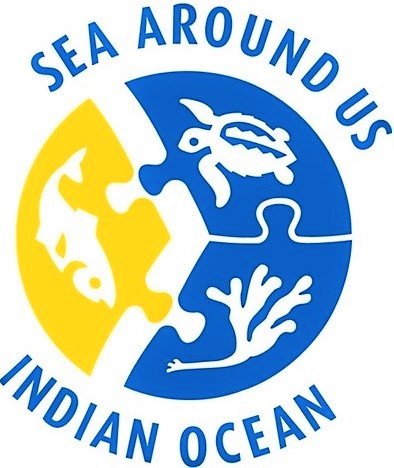Small-scale fisheries can better support food security efforts in Arabian Sea countries
Traditional Dhow fishing boats mooring in Al-Mina port in Abu Dhabi, United Arab Emirates.
Countries surrounding the Arabian Sea should empower well-managed artisanal and subsistence fisheries to back food security efforts, a new Sea Around Us – Indian Ocean study suggests.
In a chapter titled “The fisheries of the Arabian Sea Large Marine Ecosystem,” in the book The Arabian Seas: Biodiversity, Environmental Challenges and Conservation Measures (LA Jawad, ed.) published by Springer Nature, the global Sea Around Us partnership of the University of Western Australia (UWA) and University of British Columbia (UBC) describes the fisheries in the exclusive economic zones (EEZ) of Somalia, Djibouti, Yemen, Oman, the United Arab Emirates, Iran, Pakistan and India’s Malabar coast, as well as in the region’s high seas.
They point out how industrial operations are responsible for 44% of total catches in the 65-year period covered in the study (1950-2014), with most catches being taken from the EEZs of India, Pakistan and Yemen. Although the industrial sector catches grew steadily since 1950, catches by this sector peaked in 1997 and started declining thereafter, stabilizing more recently at around 2.3 Mt per year.
The decline is attributed to excessive fishing driven by poor fisheries regulations and widespread lack of effective enforcement. This means that over the last 20+ years, an increasing number of stocks in the Arabian Sea Large Marine Ecosystem (LME) have started to dwindle.
“We analyzed 298 fish stocks, of which over 50 per cent fall in the fully exploited category with little potential for fisheries growth,” said Deng Palomares, lead author of the study, and Sea Around Us project manager at UBC. “About 25 per cent of the stocks are overexploited and stock rebuilding seems to be poor.”
Palomares said that, over time, catches in this ecosystem have increasingly trended towards species lower in the food web. “This confirms the existence of ‘fishing down the food web’ in this area,” Palomares said.
The small-scale sector plays an important role in the Arabian Sea Large Marine Ecosystem, with combined catches of artisanal and subsistence fisheries reaching approximately 2.1 Mt per year in the 2010s. These catches are taken by small-scale operators who generally sell on local markets or keep catches for their own and their families’ consumption.
“The high proportion of artisanal and subsistence catches means that the majority of the fishing in this LME and thus the majority of catches occur within national EEZ waters,” said Dirk Zeller, coauthor of the study and director of the Sea Around Us – Indian Ocean at the UWA. “This means that national governments can manage the exploitation of marine resources, allowing for potentially better control compared to most fishing in the high seas waters. Furthermore, these small-scale sectors are crucial for local food security and livelihoods.”
Some progressive actions have been taken already, such as the 2011 trawl ban in Oman and the ban on driftnets in the UAE in the late 1980s. However, the lack of strong and effective control through a well-defined and enforced legal framework, including in these two countries, means that many regulatory measures are ignored in the region.
“Serious considerations ought to be given by all countries to policies that focus on reducing and tightly controlling industrial fishing, both domestic and foreign, and supporting well-managed small-scale fisheries for both national consumption and carefully controlled and monitored export fisheries,” Zeller said. “This is the direction in which virtually all fisheries around the world need to be heading, to ensure the survival of a blue economy.”

